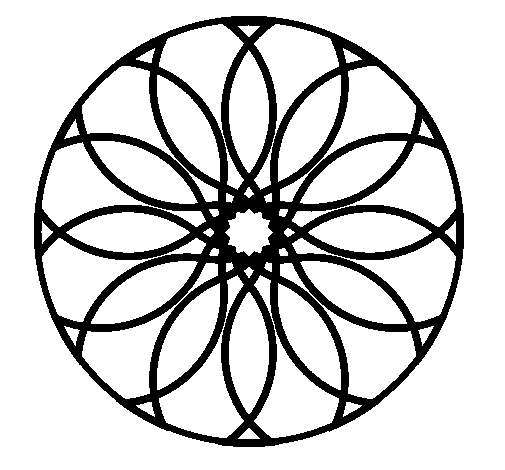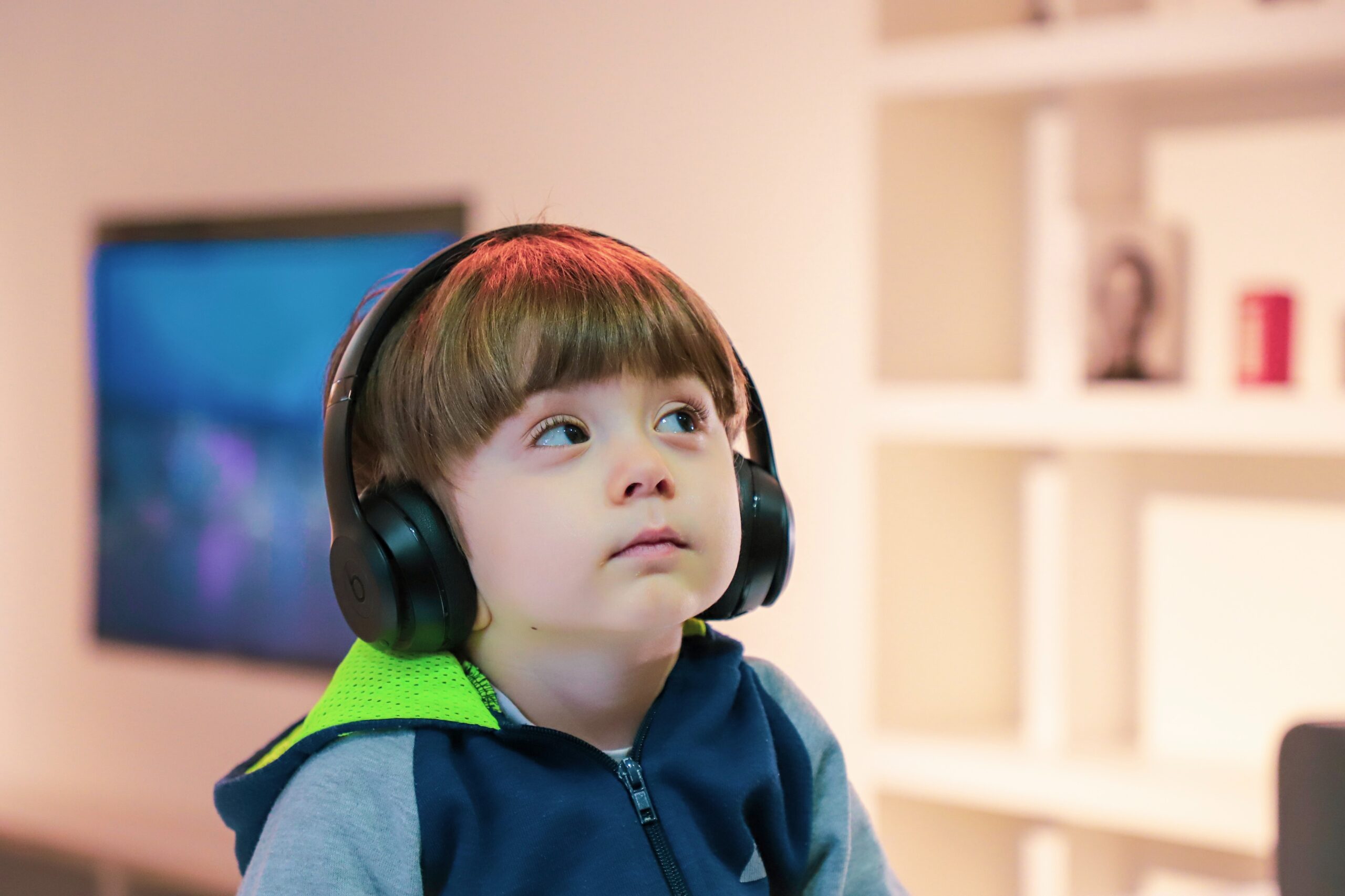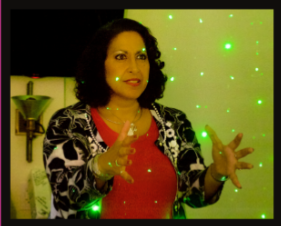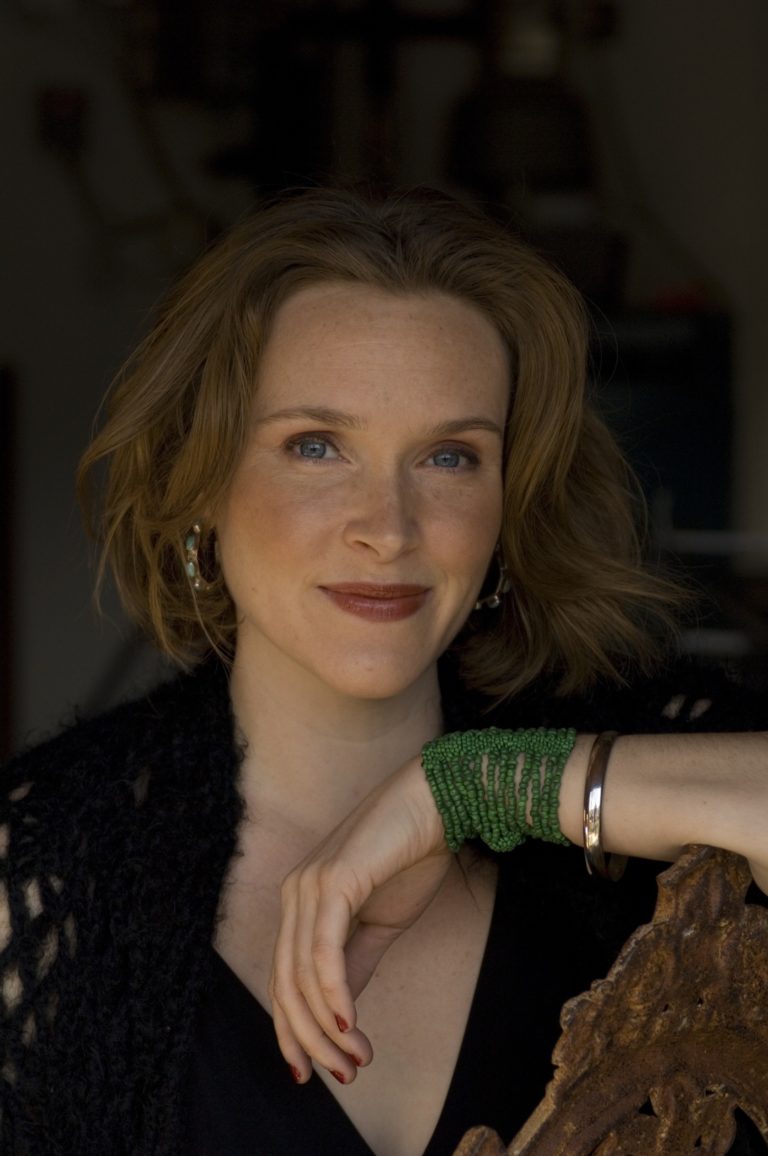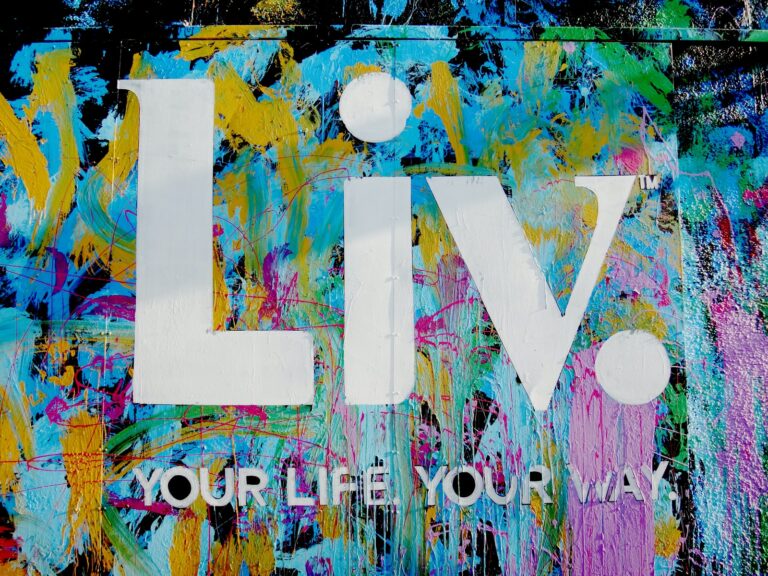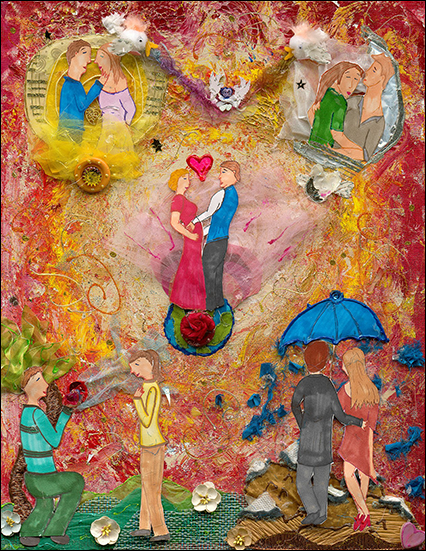The Magic of Mandalas
In recent years, the popularity of adult coloring books has skyrocketed. Walk into most bookstores and you’ll find a rack of them, including perhaps the recently published Garden Life and Animal Life by Tim Phelps, professor and medical illustrator in the Department of Art as Applied to Medicine at the Johns Hopkins University School of Medicine. Phelps specializes in medical illustration, but in his spare time, he creates intricate geometric patterns called mandalas, which he incorporates into these two new coloring books.
The mandala (Sanskrit for “circle”) has a long history. For thousands of years, it has been an element of spiritual practices around the world and used as an object of visual meditation in Eastern culture. The famed Swiss psychiatrist and psychoanalyst Carl Jung introduced mandalas to Westerners, encouraging his patients to draw the circular patterns as a means of unlocking their unconscious thoughts, dreams, and desires. He believed the symbols represented the totality of the self. “The mandala is a symbol of one’s own center, providing a path for understanding oneself, feeling comfortable with oneself, and completing life with oneself,” Phelps says.
“The mandala is a symbol of one’s own center, providing a path for understanding oneself, feeling comfortable with oneself, and completing life with oneself.”
Phelps first began drawing and digitally coloring mandalas because he wanted to explore his creativity. “I suspended my inner critic to see where the mandalas would take me, what positive and negative shapes were created in different rotations to find the arrangement that was most pleasing to me,” he says. “There was great satisfaction in being able to create with limited rules.”
Phelps embeds symbolic mandalas in scenes of nature as a way of showcasing Earth’s biodiversity and underscoring the need to conserve it. The fact that people can color in the repeating patterns makes his drawings “fun art,” he says, rather than fine art.
Apart from being a creative outlet, coloring can be a powerful tool for reducing anxiety. When people concentrate intently on filling in a mandala, they tend to gain some distance from their internal dialogue and temporarily escape the negative thoughts and emotions that may be troubling them. “In essence, adult coloring is a meditative practice because you’re bringing your focused attention to a particular anchor—in this case, coloring,” says Neda Gould, a clinical psychologist and the associate director of the Johns Hopkins Bayview Medical Center Anxiety Disorders Clinic. “The act of mindfulness meditation, which is well studied in other forms, when practiced regularly even for short periods of time, can have several benefits, including reduced anxiety and stress.”
Coloring might provide some of the same favorable effects on the psyche as a meditation practice. Research has shown that coloring mandalas in particular induces the kind of meditative state that helps individuals who suffer from anxiety. In a 2005 report published in the journal Art Therapy, researchers Nancy Curry and Tim Kasser at Knox College studied the effects of coloring on participants’ anxiety levels. Subjects were divided into three groups and asked to spend 20 minutes coloring a mandala, a plaid pattern, or a blank piece of paper. Those doing free-form coloring showed no drop in anxiety, whereas the mandala and plaid groups had less anxiety. Curry and Kasser posit that the mandala and the plaid pattern were effective in alleviating anxiety because they were both complex enough to require heightened attention, while providing structure and direction. Free-form coloring offered neither. “If anxiety is a type of ‘inner chaos,’” the authors conclude, “it seems likely that a structured activity such as coloring a predetermined, somewhat complex design would help organize that chaos.”
Gould says that though there’s a shortage of research on the physiological effects of coloring, she suspects that the impact would “fall on the continuum of what mindfulness meditation does,” for example, reducing arousal associated with anxiety and the stress response.
Can coloring lead to less anxiety in the long term? That’s unclear, Gould says. But that doesn’t detract from mandalas being, in Phelps’ words, “engaging, thought-provoking, meditative, and joyful tools.” Plus, coloring has one advantage over developing a mindfulness meditation practice: It’s fun, so people are more likely to do it.
http://www.johnshopkinshealthreview.com/issues/fall-winter-2017/articles/the-magic-of-mandalas


